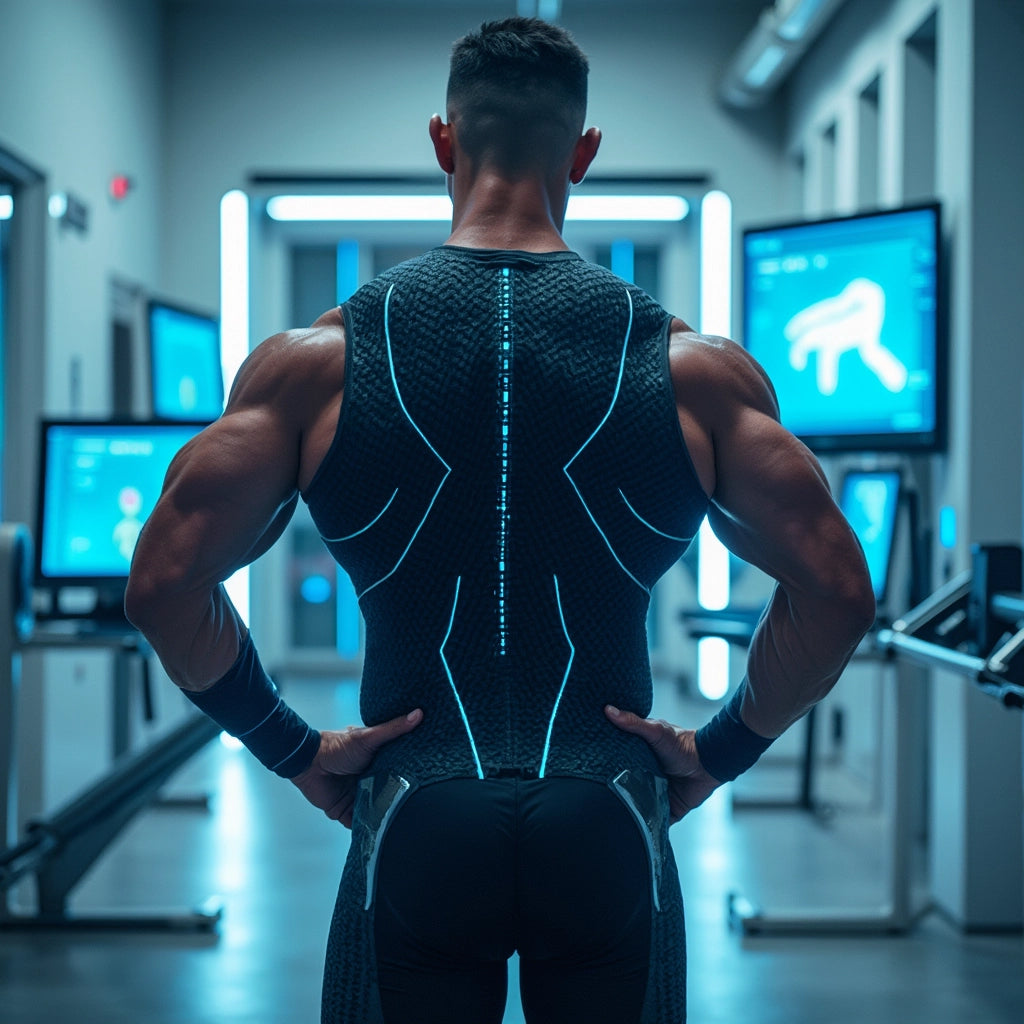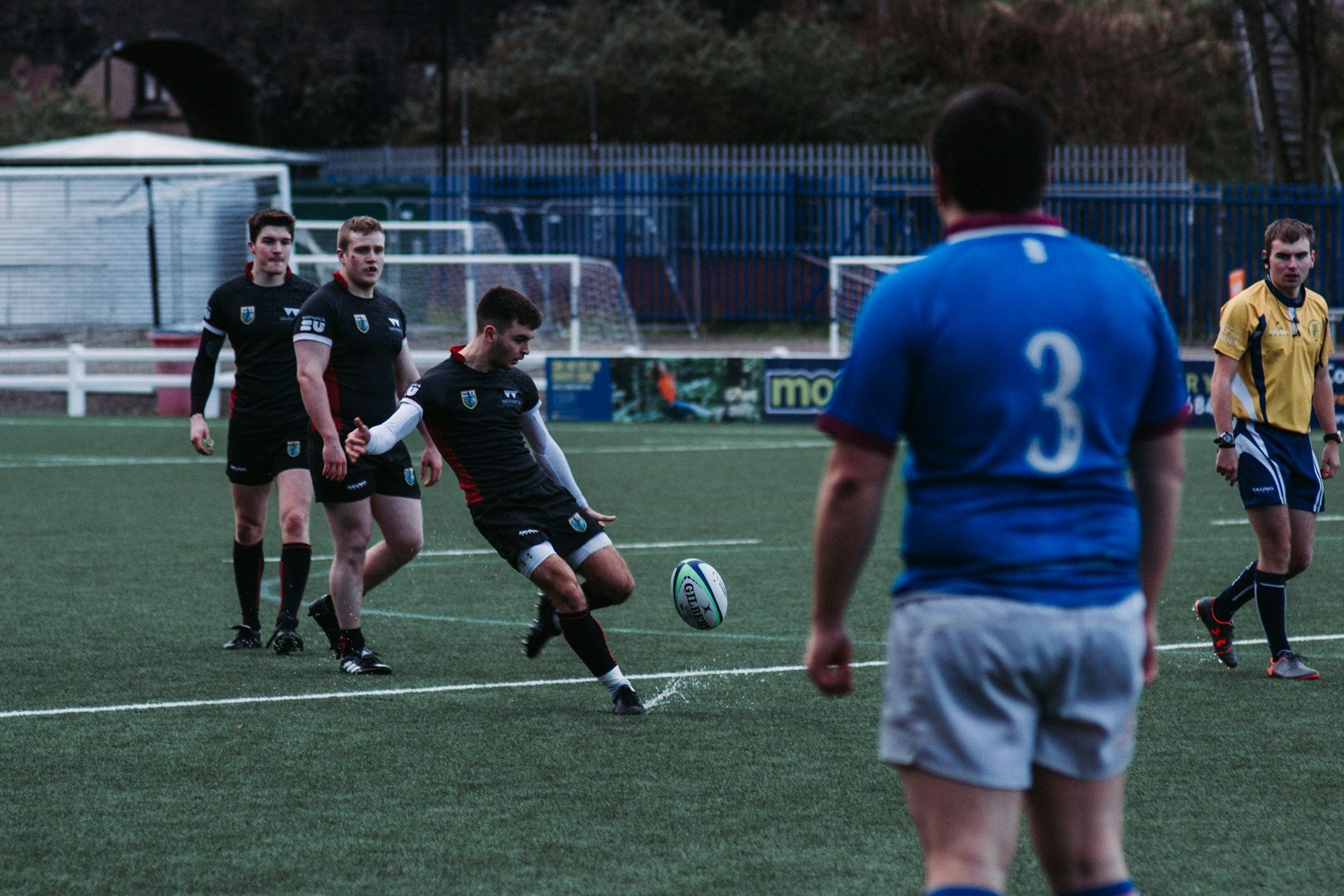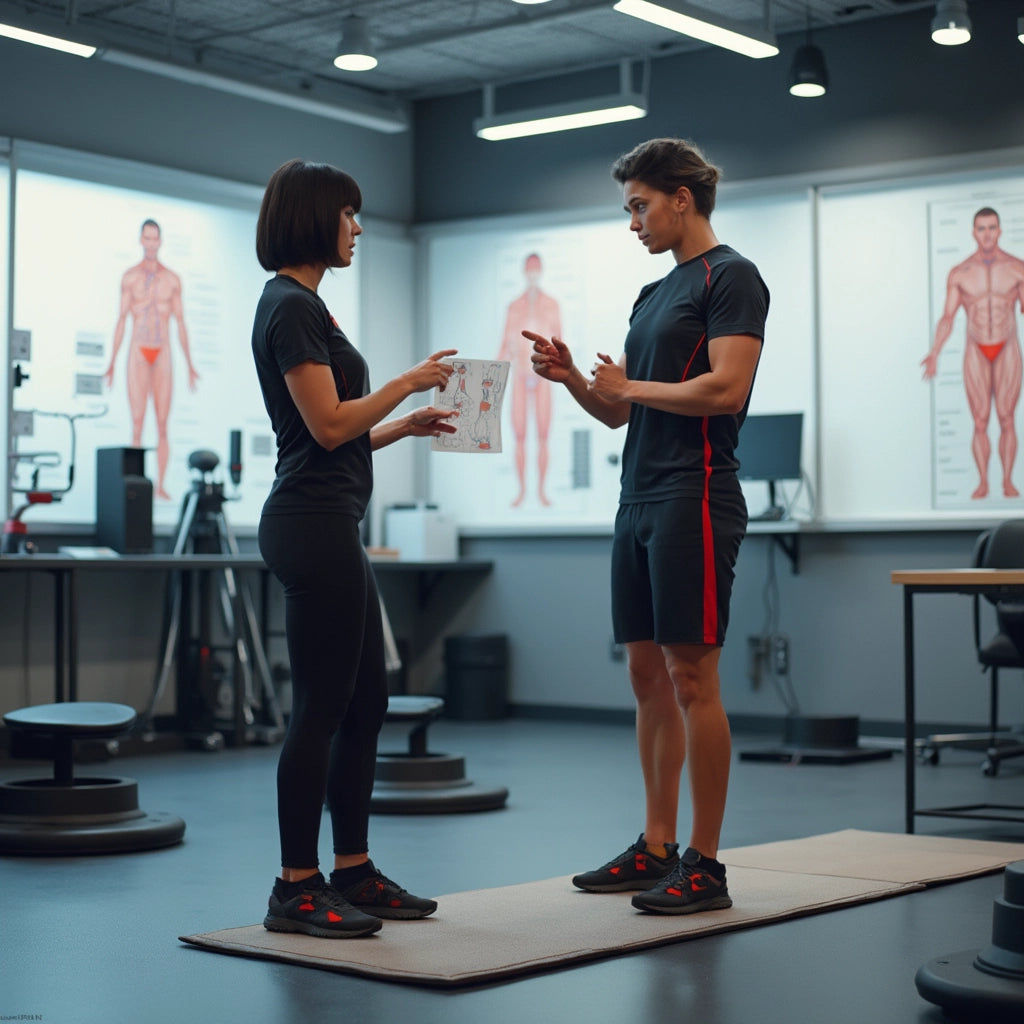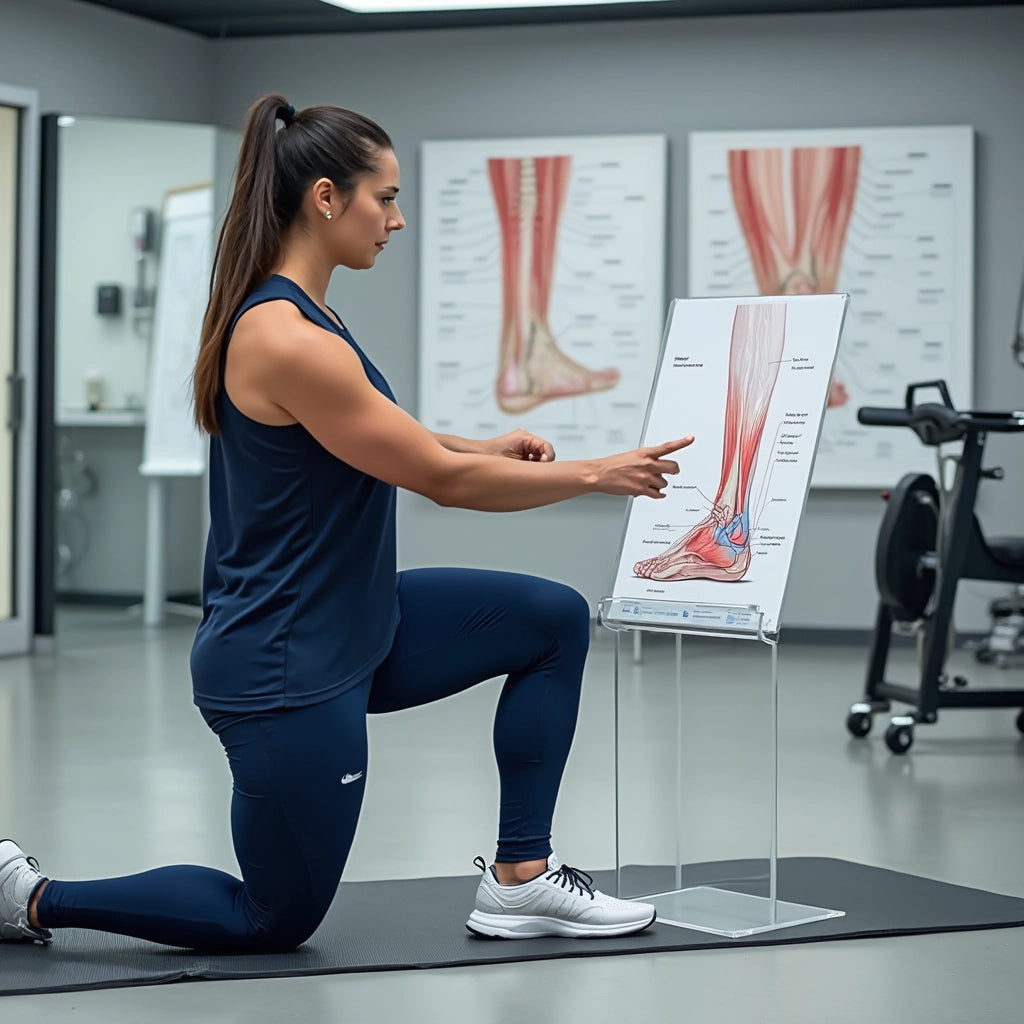Mastering Foot Strike Mechanics for Optimal Athletic Performance
For athletes striving to refine their performance and lessen the risk of injury, grasping the complexities of foot strike mechanics and impact forces is invaluable. Each time your foot makes contact with the ground during activities like running or jumping, a series of intricate biomechanical occurrences unfold, notably impacting your athletic output and the long-term health of your joints.
The Force of Impact: Understanding the Numbers
Research underscores the sheer magnitude of forces exerted on athletes during movement. When running, these forces can range from 2 to 5 times your body weight. While jumping, that figure soars to 7 to 10 times. How such forces disperse across your foot and lower limb largely hinges on your foot strike pattern—be it heel, midfoot, or forefoot striking.
Heel Vs. Midfoot Vs. Forefoot Strike Patterns
Each foot strike pattern allocates different loading rates and pressure distributions. Heel strikers endure a marked impact peak and elevated loading rates. In contrast, midfoot and forefoot strikers typically experience a more gradual application of force. No single pattern is superior universally; instead, the most effective strike pattern depends on the sport in question, the surface you're running on, and your unique biomechanics.
Managing Impact Forces
What truly matters is your body's management of these forces. Acting as the natural shock absorber, your plantar fascia, Achilles tendon, and calf muscles collaborate to dissipate the impact. Nevertheless, proper support and protection are paramount to enhancing this natural shock absorption system's efficacy, thereby maintaining peak performance levels.
- Targeted Training: Emphasizing exercises that strengthen the foot and ankle can optimize your natural shock absorption.
- Proper Footwear Selection: The right footwear can compliment your strike pattern and provide essential support.
- Appropriate Foot Support: Consider orthotics or insoles that align with your foot strike pattern to better distribute forces.
Steps to Optimize Your Foot Strike
Athletes looking to hone their foot strike mechanics have a lot to consider. Recognizing your individual strike pattern and pressure points allows for informed choices regarding training intensity, recovery needs, and performance gear selection. For instance, selecting custom socks from Nextwave Socks tailored to your unique biomechanics can offer an edge in performance. Understanding your foot strike can also guide you in choosing the best football grip socks for enhanced stability and power.
Incorporating Knowledge into Practice
Armed with a mastery of foot strike mechanics, athletes can not only protect their joints over the long term but also amplify their power output. This, in turn, can help achieve superior performance outcomes while minimizing the risk of injury. Harnessing this knowledge adds a layer of sophistication to your training regime, ensuring you remain ahead of the competition.
Conclusion: Take Charge of Your Athletic Performance
Incorporating a deep understanding of foot strike mechanics into your training offers many benefits, including improved performance and reduced injury risk. As you continue your athletic journey, paying attention to the nuances of how your foot interacts with the ground can make all the difference.
"The best athletes don’t just train harder—they train smarter."
To discover innovative ways to enhance your performance further, explore what custom socks tailored to your needs can do for you. Visit Nextwave Socks for personalized solutions that help you achieve your athletic goals.








